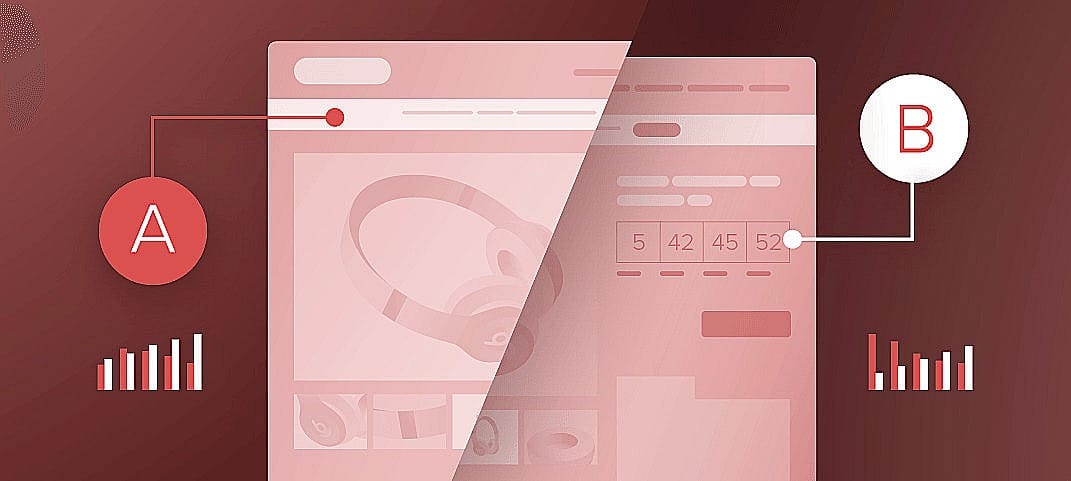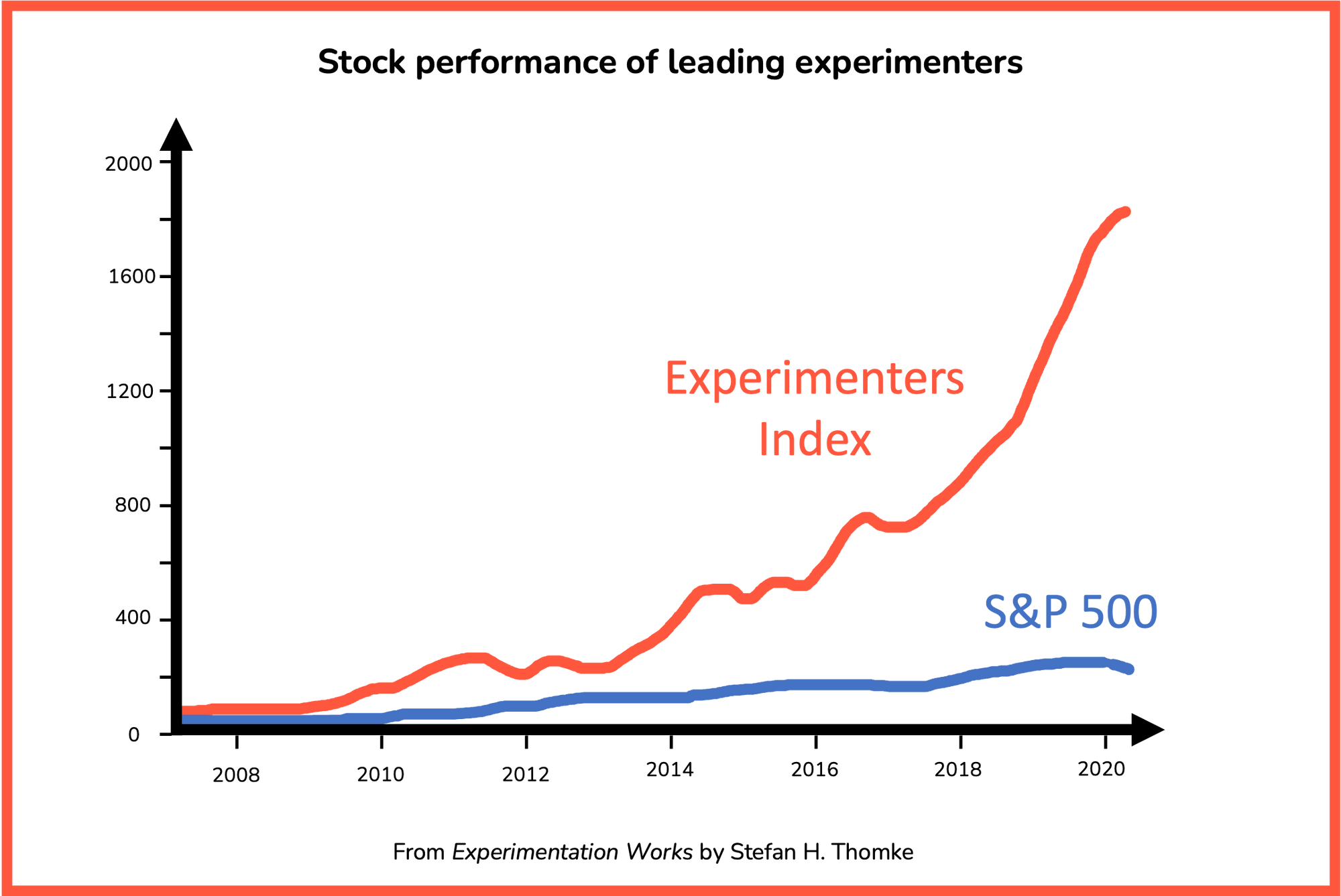When it comes to improving customer experiences, trying out new business and revenue models, or developing new products, even the most experienced managers get it wrong. After spending months of development time with decisions based on intuition, experience, and opinions, they discover that their new concept doesn’t work. That’s a lot of resource allocation and investments down the drain. What does work, though? We’ve learned that running disciplined business experiments creates significant value. And what if companies roll out new products or introduce new customer experiences without running these experiments? They’re basically flying blind.
Opinions, intuition, and (sometimes even) experience are useless
Today’s managers are stuck with a striking dilemma: despite being flooded with information coming from every direction, they operate in an uncertain world where they lack the right data to inform strategic and tactical decisions. So, as humans always do in situations of uncertainty, our actions tend to rely on experience, intuition, and beliefs. This often doesn’t just cut it, especially when companies want to go for big results with big amounts of resources and/or investment. Additionally, truly innovative ideas go against our experience and assumptions, or conventional wisdom.
A quick example to illustrate the point that intuition and experience don’t always bring you where you need to be, and that experiments can lead to the discovery of both new markets and technical solutions.
Taking you back to 1964, the year 3M discovered the Post-it note. Mr. Spencer Silver, a chemist at 3M whose job it was to create new types of glue, had experimented with a new glue that had a high level of “tack”, but low adhesion. Silver tried to sell his new glue to other departments in 3M, who just didn’t see a future in the glue because they were focusing on creating a stronger glue that formed an unbreakable bond, not a weaker one that only supported a piece of paper. Silver’s concept was hopeless - the adhesive just didn’t solve any known customer problem – until he met chemist and choir director Arthur Fry. Fry observed that members of his choir would often drop bookmarks on the ground when switching between songs, and he wondered that if these bookmarks had a little bit of adhesive, that would be just the next big thing for them. And boom, this “Eureka moment” led to a series of experiments with the new glue that led to a paper product that could be attached and removed without damaging the original surface. It’s was the solution to a problem nobody realized existed, leading to a market where 3M produce about 50 billion Post-its today.
This example shows that the innovative idea of the Post-it went against industry assumptions & experiences (everyone was trying to make stronger glues), and that new markets and new products can be found by running some disciplined experiments.
Don’t fly blind, use experiments to gather evidence and gain clarity
All experimentation – whether in a laboratory or on your business’ online retail channels - works because it harnesses the power of continuous learning, making it possible for your organization to capture small incremental learnings and improvements quickly, which accrue to large substantial growth over time.
Think of experimentation as a good ol’ game of Battleship. You know, the one where you play 1v1 and put ships on a grid, take turns ‘bombing’ the location of the other player’s ships and try to sink their fleet. With each turn, whether a hit or a miss, you generate knowledge. The more shots you fire (or the more experiments you run) the more you learn about the playing field and the more you know about what works, and equally important, what doesn’t work.
Experimentation embraces uncertainty and removes the guesswork by giving you evidence. You could test different campaigns and landing pages with different content and see which one converts to more sales, test a new digital queuing system in your store to increase customer experiences, or experiment with different flows in your app to improve user satisfaction. By running experiments and making decisions based on the hard facts they return, you can more accurately forecast the impact of new experiences, campaigns, features, and functionalities.
As Stefan H. Thomke depicts in his book Experimentation Works, organizations such as Amazon, Booking.com, Visa, and Netflix (the ‘Experimenters Index’) who deploy rapid experimentation perform significantly better than those who don’t.
![[object Object]](https://umsousercontent.com/lib_SgVrTchGksgQdBiV/5to2tmehoshuavn2.png?w=306)


